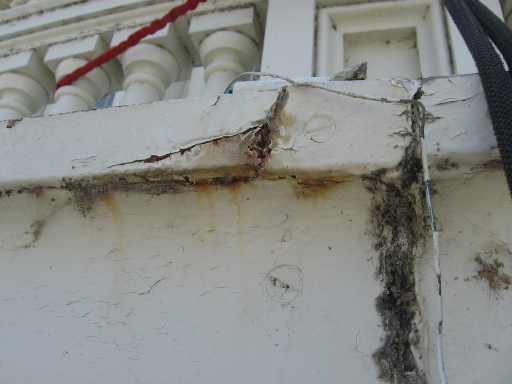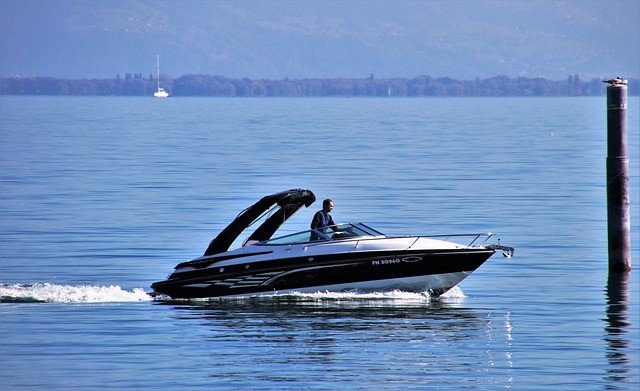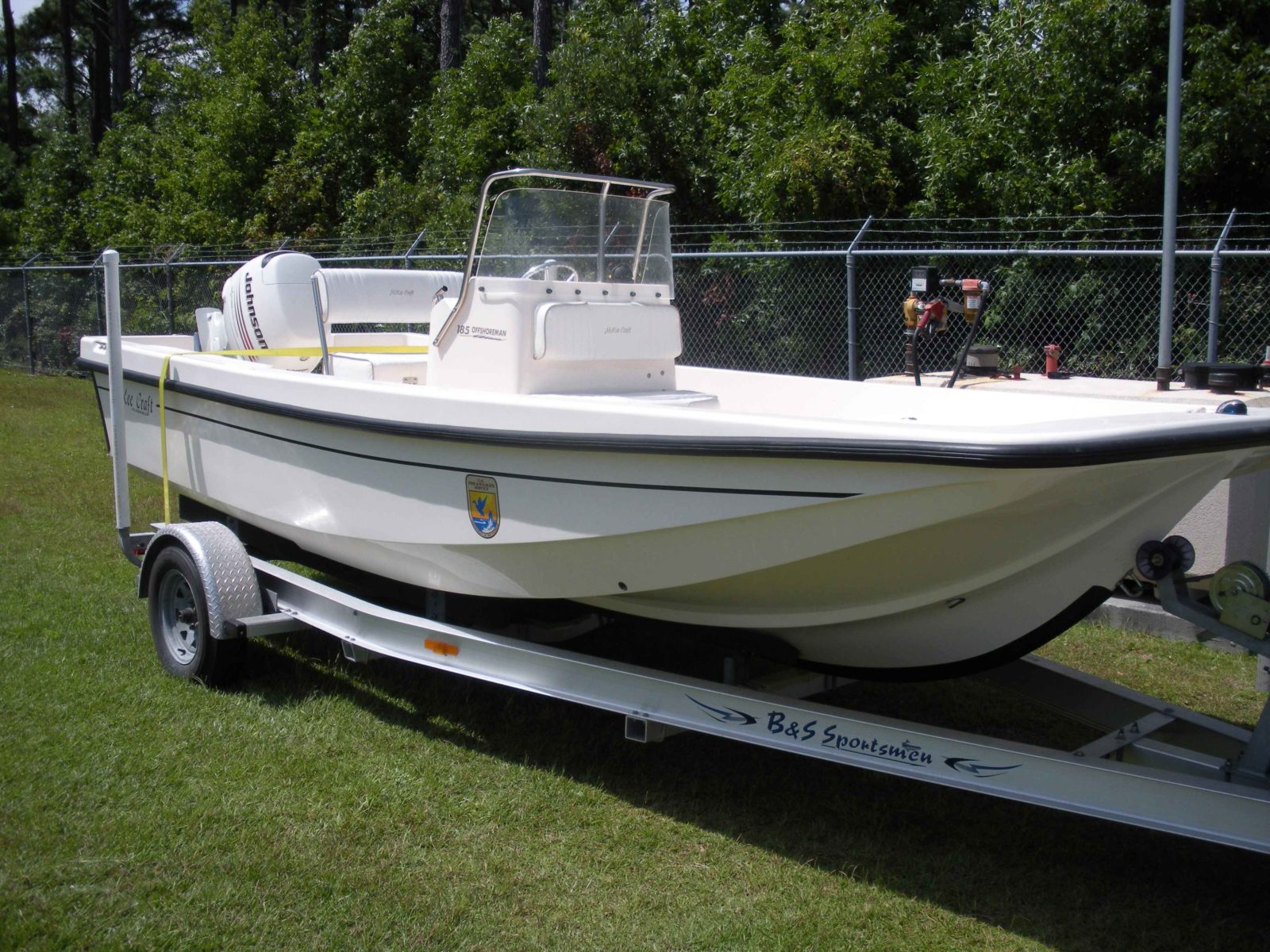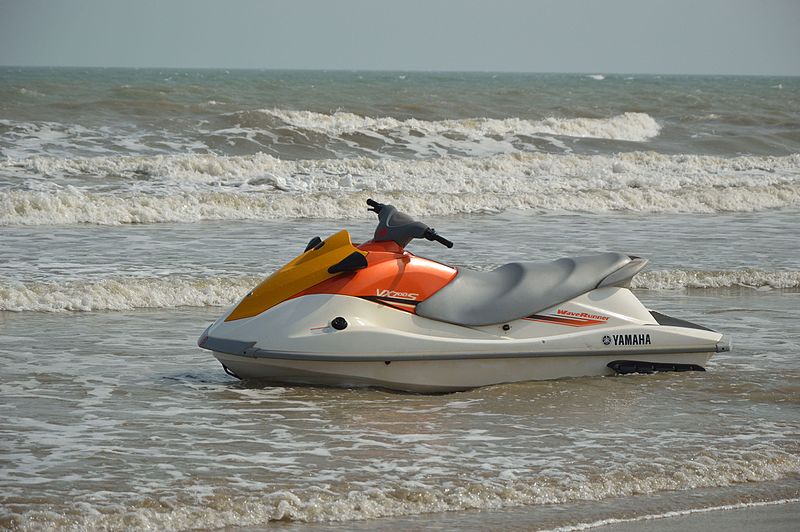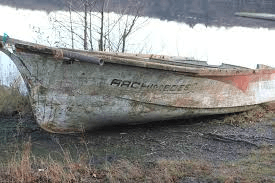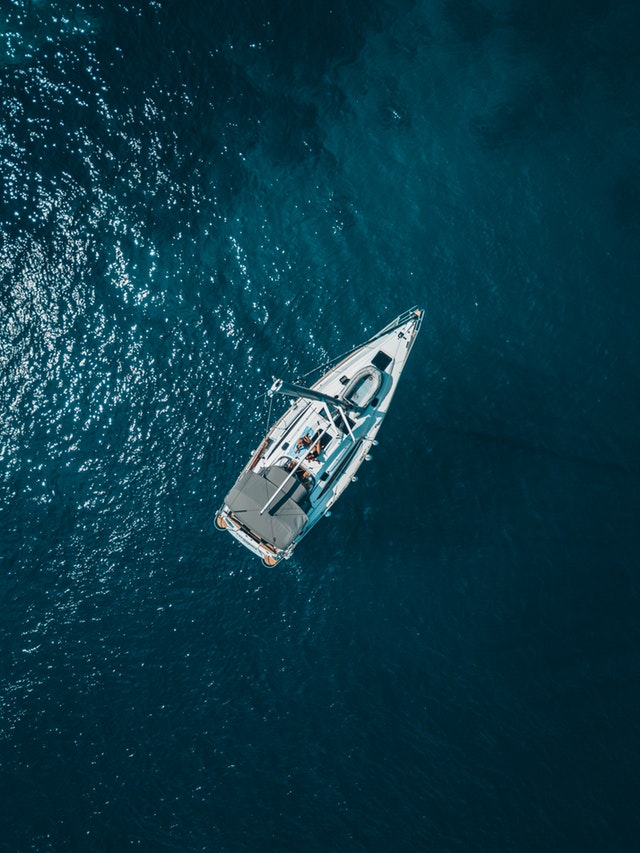 Say you’ve developed an interest in boating and you’re considering a watercraft to purchase. Is it better to get one that is new or used? Whether you are boating for the first time or you’ve got an old craft that needs to be replaced, you need to be aware of the right way to go shopping for a boat. Look at the sort of things that others may miss or not consider that can help you avoid overspending on your next boat purchase, avoid dangerously broken craft and spend more actual time on the water.
Say you’ve developed an interest in boating and you’re considering a watercraft to purchase. Is it better to get one that is new or used? Whether you are boating for the first time or you’ve got an old craft that needs to be replaced, you need to be aware of the right way to go shopping for a boat. Look at the sort of things that others may miss or not consider that can help you avoid overspending on your next boat purchase, avoid dangerously broken craft and spend more actual time on the water.
When you go out looking for a boat, it’s common that you’ll see one that catches your attention very quickly, When that happens, you may forget about giving the boat a proper examination and immediately go into discussing how well it performs or how good it looks so you can get right to using your new boat. Keep in mind that the most important part of buying a boat is giving it a test ride on water. Before you make those payments, take it out on a lake or sufficient body of water. Still, there’s a lot you’ll have to do even before that. If you are not certain what concerns to raise or what to be aware of when making a purchase of a new or used boat, below are a few things to look out for.
Bellows are the key to floating. They’re a rubber sleeve with an expanding accordion shape that enables functional components to go through the rear of your boat, but also keep out water and must be checked for cracks. They’re exclusively part of I/O models, and can be best seen with the drive all the high, and also the wheel turned to either direction. They ought to be soft and flexible, and without any openings such as holes or tears. If you see any problem with them, be careful with this watercraft. It may run the risk of sinking.
The majority of the metal on the boat is subject to the corroding surroundings of sunlight and heavy moisture, which can include salt from the water. Check for corrosion, grey/white chalky on aluminum or streaks of red/brown on steel. A lot of this might be a result of a unit that has gone through salt water
Be certain that the battery connections are free from corrosion and are clean, tight, and properly arranged. Sort out any loose connections, or broken wires. If possible, check underneath the dash for those problems as well. Check its age and see if the battery is bulging, cracking, or submerged.
Be sure to inspect the lower unit lubricant. There should be no metal filings present, and not smell burned. There should also be no water, which might take on a whitish appearance. While the smell may just be a sign of poor maintenance, the water and metal filings are more worrisome. Also, check the engine oil for similar problems. There are marinas that can do lubricator analysis which may discover slight amounts of chemicals that indicate larger issues.
Canvases keep the interior of the boat protected. Bimini crack and mooring/cockpit covers are vital to keeping the watercraft secure, but they wear out over time, and replacement is costly. When the cover is on, make sure it fits and inspect all the stitching, zippers, and fasteners. Ensure the framing is properly setup and attached.
Boaters can often commit the mistake of cleaning their vinyl upholstery with chemicals that take away shields that are superimposed to the material at production that protect it against damage from the sun or mold. There are many cleaners with sever chemicals that shouldn’t be used. Check the seams to see if it is coming apart. The vinyl should be soft and not feel fragile or thin.
Chips, scratches, previous repairs could potentially cause problems. When you’re inspecting the boat exterior keep an eye out for minor scratches, areas of gel coat missing, or spots that have a totally different appearance from the rest which can indicate a portioned that had to be repaired. All of those problems are pretty normal, and in general will not cause any usage issues, though they do cause the boat to lose some value.
One of the foremost hazardous and costly issues with any watercraft is a deteriorated steering mechanism. The likely points of strain and damage are within the cables or mounting areas. The best way to check this issue is to see if you have a tight out/drive (lower unit) or outboard engine. To do this examination, grip tightly on the drive or engine and try to move it side to side, which should require plenty of force. Any movement should be minor. If you find that the drive moves easily and the actual steering wheel does not move, it is an indication of not only an expensive issue but a hazardous one as well.
A crack can turn into a major issue. Pay attention when looking within the gel coat on top of and underneath the water line. The majority of boats can have cracks wherever fittings are mounted and at stress points on the body. In some cases, cracks might not be an issue because of how flexible the fiberglass is and how fragile the gel coat may be. However, seeing a number of cracks in one space or ones that all come from the same spot, may be a sign of damage or an impact. Having too many unrepaired cracks may cause the layers to fall apart.
The keg and props ought to have no signs of deterioration or damage. Check the lower unit/skew for parts missing, or uneven patches. Typically damage in this area is covered up by cutting away the rough a part of the brace. If doable, compare the length to a similar unit. Also, the mechanical devices such as the propeller should have no signs of damage like breaks or bends. Look for any serial numbers on the hub of the prop that indicated whether there was damage and repairs there in the past. These damages could be slight or hint towards larger problems that may come up down the road. Damage on the lower unit could potentially result in gear failure especially when using chrome steel propellers.
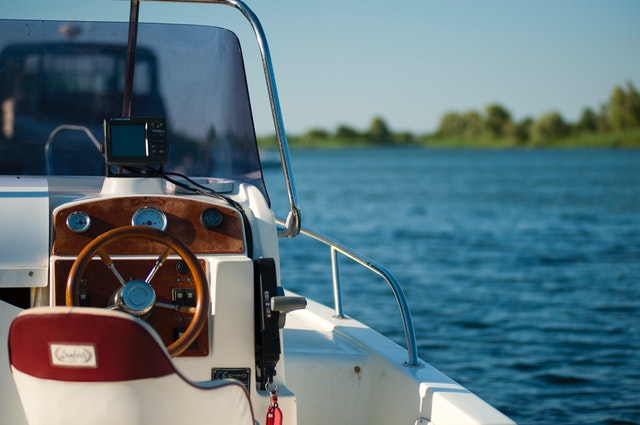 The hull is essential the base of your boat that the rest is built on, so checking the condition of it is a priority. There are areas of moisture called osmotic blisters that are caused by water getting into the layer of fiberglass on the hull, or in between the gel coat and fiberglass layer. They are called blisters because of their bumpy feel and appearance on the boat’s hull, most often just below the waterline. Over time they’ll get larger and may even burst as a lot of water collects there. Though these osmotic blisters might not damage the body of the boat right away, they will need to eventually be repaired and can hurt the watercraft’s resale if not. Though small ones are common on boats of a certain age (Ten to fifteen years) large ones can present significant issue and ought to be fixed as soon as possible.
The hull is essential the base of your boat that the rest is built on, so checking the condition of it is a priority. There are areas of moisture called osmotic blisters that are caused by water getting into the layer of fiberglass on the hull, or in between the gel coat and fiberglass layer. They are called blisters because of their bumpy feel and appearance on the boat’s hull, most often just below the waterline. Over time they’ll get larger and may even burst as a lot of water collects there. Though these osmotic blisters might not damage the body of the boat right away, they will need to eventually be repaired and can hurt the watercraft’s resale if not. Though small ones are common on boats of a certain age (Ten to fifteen years) large ones can present significant issue and ought to be fixed as soon as possible.
Open the fuel tank and take a quick smell. If there’s a terrible odor, or it smells like paint thinner, the fuel could be polluted or just old. Also see if there is any debris in the tank. Some marinas offer fuel testing to verify alcohol/water concentration.
After you have completed your examinations, you then have to determine if any of the deficiencies you may have found are going to make you change your mind, or if they are something you are fine with. It may be best to get the recommendations of someone knowledgeable within the field. A good marina and/or boat dealer will do these checks beforehand and may reject any suspect trades. If they found problems, they ought to have remedied them and told you what they were and the way they were dealt with. When buying used boats, they have a high worth relative to new boats, so go ahead and be meticulous and don’t settle for something in poor condition. Once you’ve got the right boat, you can finally hit the water.

